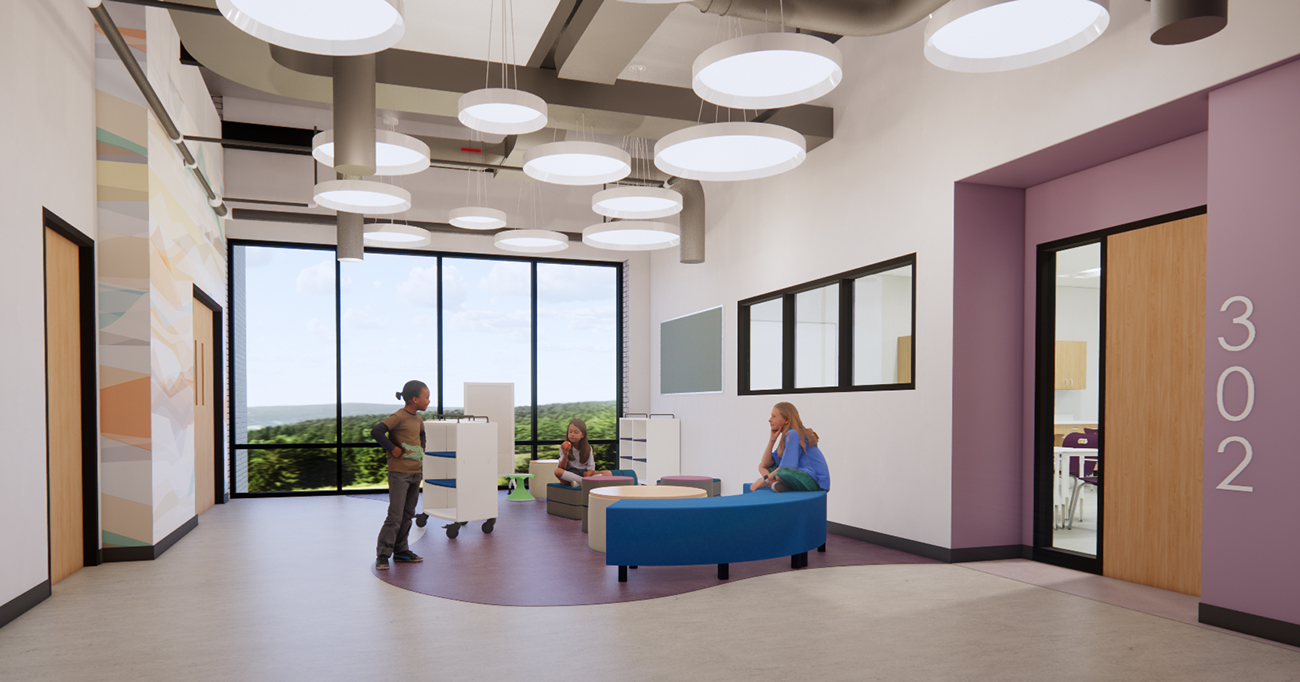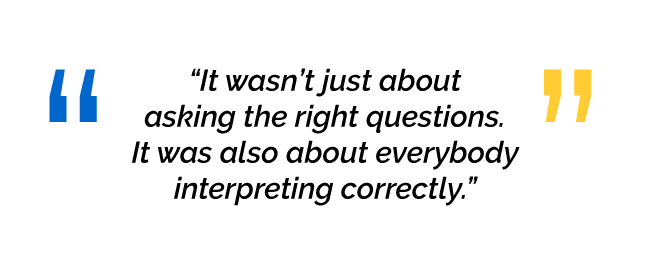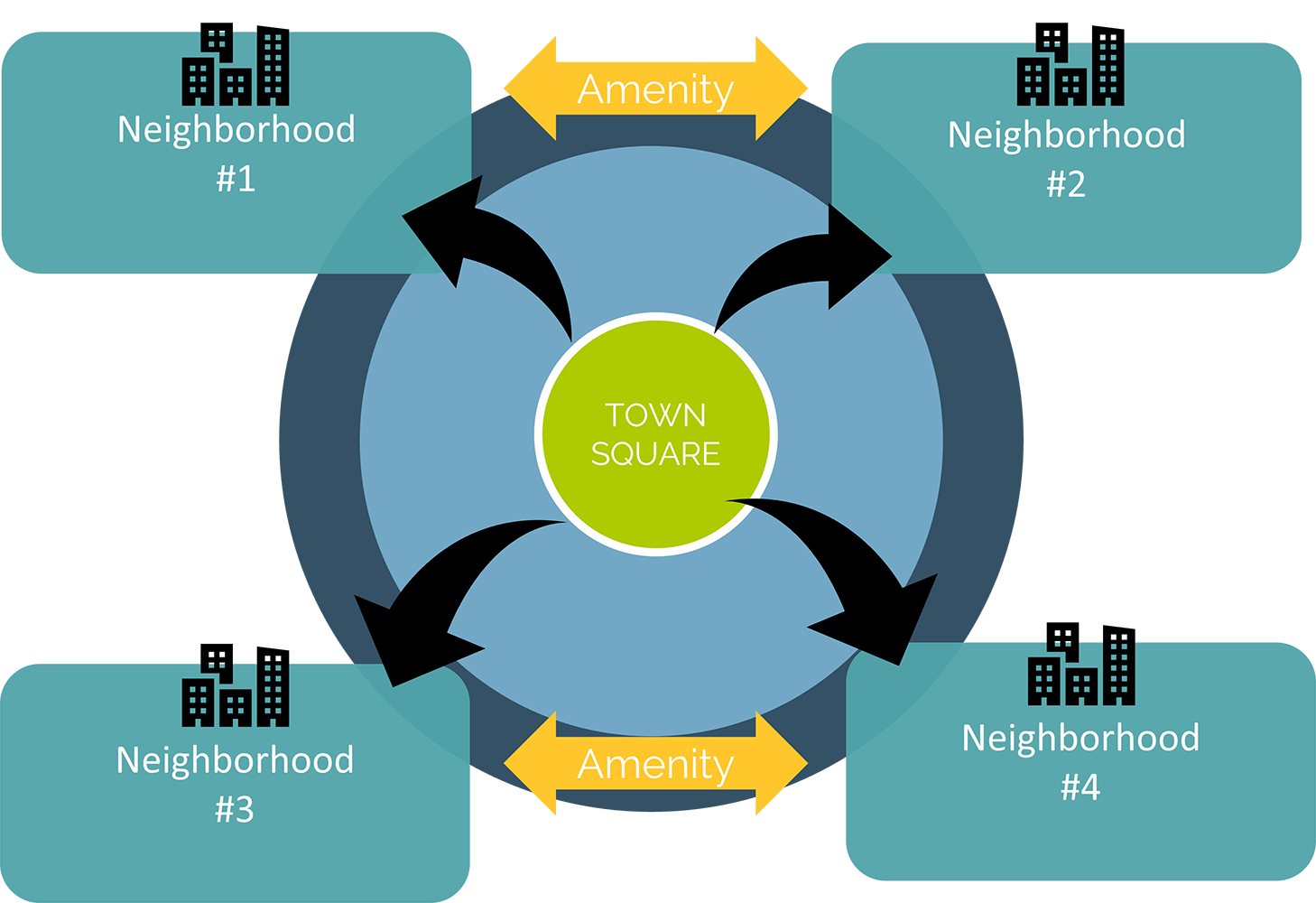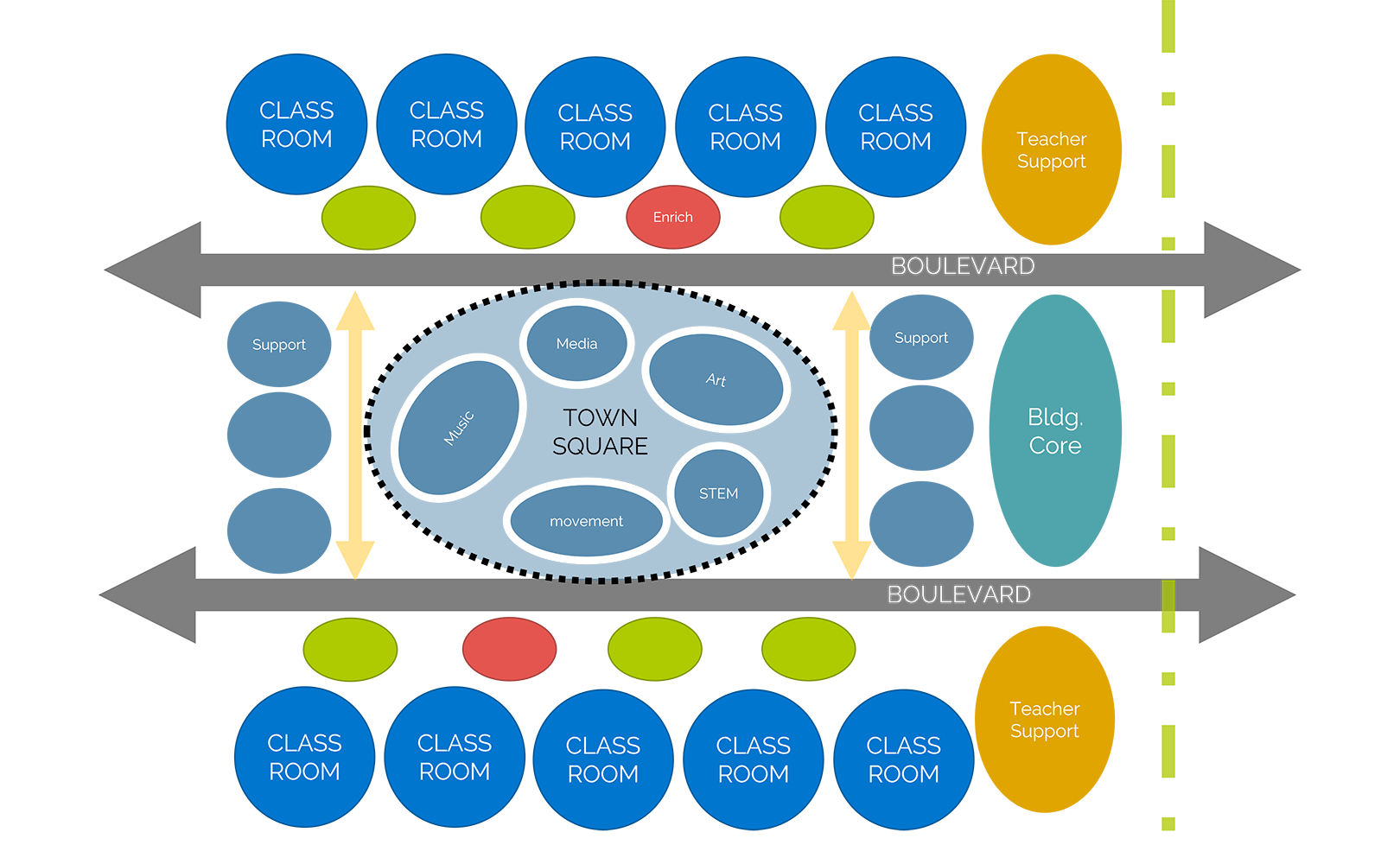
It has been said the only constant in life is change. That statement has certainly been true over the last several years as nearly every aspect of our profession has adapted to conditions exacerbated or accelerated by the global COVID-19 pandemic.
During the design phase of a new public elementary school for Johnston Public Schools in Rhode Island, we had to change fast. In the Summer of 2021, we saw a 25% real-time cost escalation of materials and labor, coupled with changing space requirements for safety brought on by the Coronavirus. Somehow, we had to reduce square footage per person while maintaining separate spaces within systems that still worked together.
Every school is unique and provides a new opportunity to assist students and teachers in a different way. For Johnston, this meant we had the opportunity to deliver services completely differently than in the past. Those services were everything a student might need, from a nurse to guidance counseling to psychology.
Of key metrics and program elements that were on our minds, we talked a lot about where we could be most impactful for all of the project’s stakeholders. We chose to meet with the district leadership to gain a direct understanding of the language our end user group used, so we could ask the right questions—and, maybe, most importantly—avoid misinterpretations.

Some of the questions we were asking were significantly impacting the research phase, and every resulting phase, of our project. It became like an “if this, then that” exercise. We constantly pivoted based on how questions were being answered, as well as how they were being asked. This was a key component of the initial design process and added an inclusivity to the interactive process that eventually led to full buy-in from everyone on the project team.
In the end, we worked with the district leadership, teachers, staff, and union representatives to bring the services to the students. Our plan for the new building calls for “triage” stations; the school nurse comes to the student with the need, wherever they are in the building or on the playground. Multipurpose areas can be utilized for enrichment and counseling sessions with groups or individuals, maximizing space use and ultimately reducing the distance traveled.
Keeping adults on the move, rather than the kids, keeps the young learners in safe spaces and helps them reclaim time in a day. Children walk, on average, 2.52 miles per hour, and adults, on average, walk 3.52 miles per hour. This shift in delivery of services drastically cuts down on transition time when added up over the course of weeks, months, and an academic year. Recent studies have shown that the interruptions in classroom time for students is detrimental to their learning progress. The less time students are out of their regular classroom, the more engaged in learning they remain.
It also allowed us to explore the benefits of consolidating the town’s elementary schools to maximize what could be included in the school program. Many of this particular district’s schools lacked what can be considered basic amenities like gymnasiums, guidance centers, wellness areas, or outdoor athletic fields. Bringing schools together not only opens the opportunity to add much-needed resources like media centers, cafeterias, and better movement spaces; it also brings the staff into a central campus for a more productive day of service, rather than traveling miles across cities to reach different schools.
The result of this design challenge helped our team reduce the overall building footprint from an allowable 156,000 SF to 125,400 GSF with the flexibility to focus on student services and amenities. The planning team incorporated philosophies that focused on specialists providing student-centered support in the “student’s world,” relieving some of the requirements for spaces that have been inherently inefficient for decades.


This concept was presented at the DIALOGUES23 conference, hosted by Learning by Design. The unique model for this year’s conference hosted only about 40 people and featured an even split of architects, educators, and education planners.
One particularly unique personal connection at the conference was made with a school psychologist, who had authored several papers related to school security, and his perspective of empathy for students. It’s an ongoing dialogue with SLAM that we continue to nurture to ensure our design solutions are optimized for students, teachers, and staff across all our projects.
